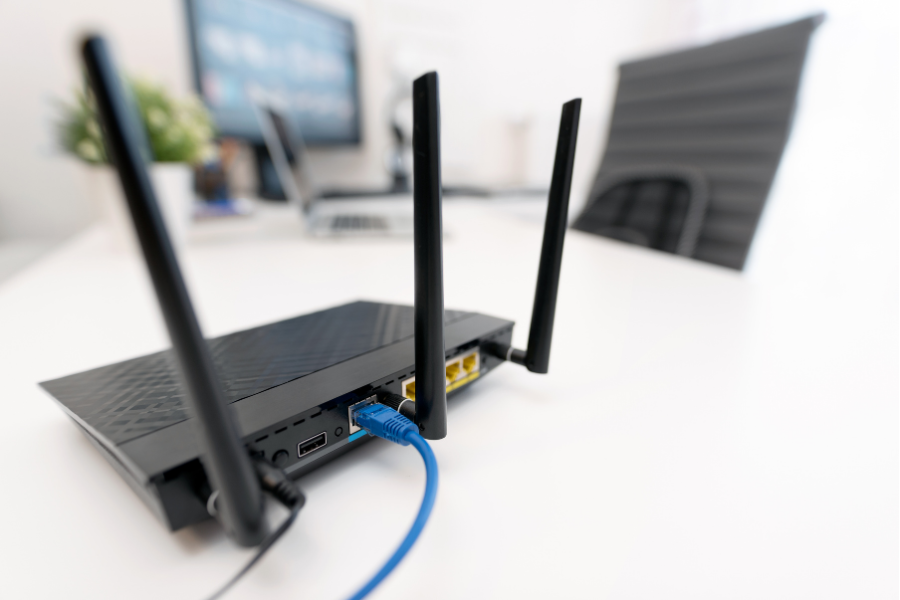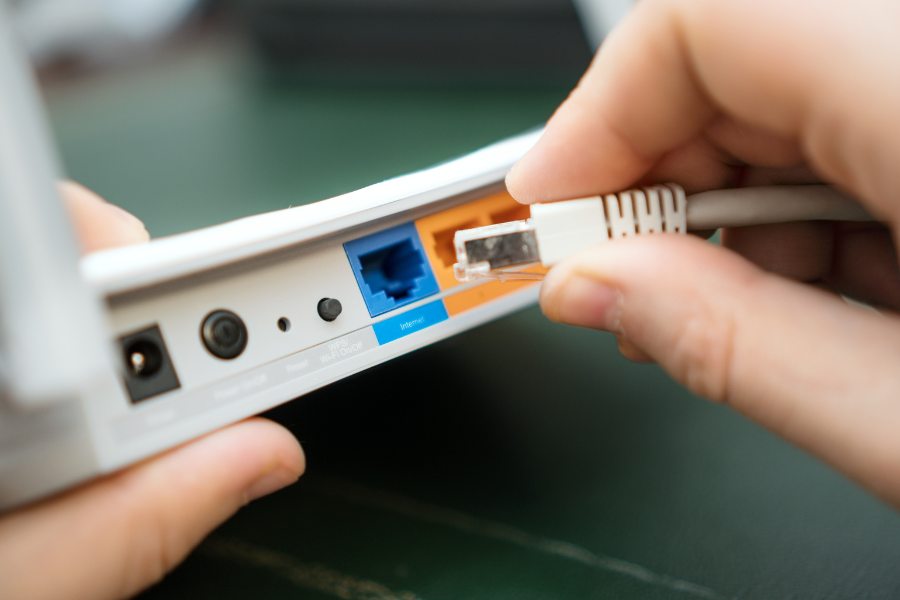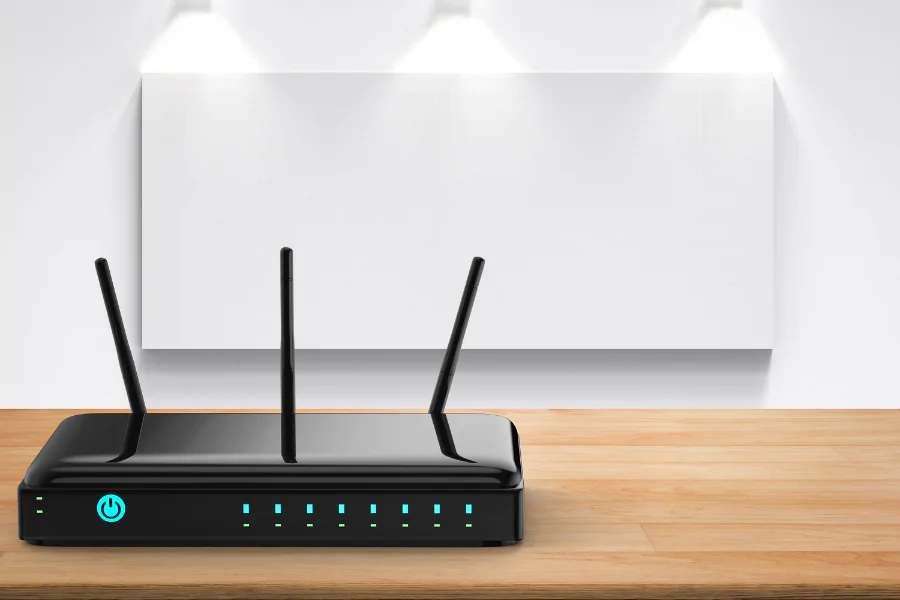HOT OFFER! Save $180 on selected internet plans + get beIN SPORTS CONNECT included!...Use promo code BEIN30 at checkout! Hurry, limited time only!
As more and more devices in our homes require internet connectivity, the demand for high-performance routers has increased. One feature that many routers offer is Bridge Mode, but what exactly is it and how does it work? In this article, we’ll dive deep into the world of Bridge Mode and explain everything you need to know about this powerful router feature.
What is Bridge Mode?
In a traditional network setup, a router serves as the gateway between your home network and the internet. However, in some situations, you may want to use a different device as the gateway, such as a separate modem or a more powerful router. This is where Bridge Mode comes in—it allows you to connect two devices together and use one as a bridge, effectively bypassing the gateway function of the router.
Bridge Mode is a networking feature that allows two routers to be connected in a way that they act as a single network. In Bridge Mode, one router is designated as the primary router and is responsible for assigning IP addresses to devices on the network. The second router is connected to the primary router and acts as a bridge, allowing devices on the network to communicate with each other and access the internet.
How does Bridge Mode work?
When enabling Bridge Mode (or Wireless Bridge Mode) on a router, the router effectively turns off its gateway function between two networks. This means that the primary router will handle all of the network traffic, including assigning IP addresses and handling DNS requests. The secondary router will simply pass the network traffic through to the primary router without performing any of these functions.
Why use Bridge Mode?
There are several reasons why you might want to use Bridge Mode on your router. For example:
Improved performance
By using a separate modem or a more powerful router as the primary gateway, you can potentially improve the performance and speed of your home WiFi network.
Expanded coverage
If you have a large home or multiple buildings on your property, you may want to use multiple routers to provide better coverage. Bridge Mode allows you to connect these routers together in a way that creates a single, unified network.

Separation of networks
If you have devices that you want to keep separate from your main network, such as IoT devices or guest devices, you can use Bridge Mode to create a separate network that is isolated from your main network.
How to set up Bridge Mode:
Setting up Bridge Mode on your router will vary depending on the make and model of your device, but the basic steps are as follows:
- Log in to your router’s admin panel.
- Navigate to the “Wireless” or “Network” settings section.
- Find the option to enable Bridge Mode and click “Enable”.
- Follow the on-screen instructions to configure the secondary router as a bridge.
Troubleshooting Bridge Mode:
If you’re having trouble with Bridge Mode, there are a few things you can try:
- Check your connections. Make sure that all cables are securely connected and that the routers are properly configured.
- Reset the routers. Try resetting both routers to their default settings and then setting them up again from scratch.
- Contact the manufacturer. Contact the manufacturer of your device to ensure that it’s properly configured.
Security considerations with Bridge Mode:
When using Bridge Mode, it’s important to keep security in mind. By bypassing the gateway function of the router, you may be exposing your network to potential security risks. Here are some tips to keep your network secure when using Bridge Mode:
- Use a strong password. Make sure that you’re using a strong, unique password for both routers to prevent unauthorised access.
- Disable remote access. If possible, disable remote access to your network to prevent outside attacks.
- Keep firmware up to date. Make sure that both routers are running the latest firmware to ensure that any known security vulnerabilities have been patched.
- Use encryption. If you’re transferring sensitive information over your network, make sure that it’s encrypted to prevent interception.
- Use the right Wi-Fi security mode. WPA3 is currently the most advanced wireless encryption protocol, making it the most reliable option for security.

Conclusion
In conclusion, Bridge Mode is a powerful feature that allows you to connect multiple routers together in a way that creates a single, unified network. By using Bridge Mode, you can potentially improve the performance and coverage of your home network, as well as create separate networks for guest or IoT devices. However, it’s important to keep security in mind when using Bridge Mode and take the necessary precautions to keep your network secure.
FAQs
Is Bridge Mode the same as Access Point mode?
No, Bridge Mode and Access Point mode are not the same. In Bridge Mode, two routers are connected together in a way so that they act as a single network. In Access Point mode, a single Wi-Fi router is configured to act as an access point for another router.
Can I use Bridge Mode with any router?
Not all routers support Bridge Mode, so it’s important to check your router’s specifications to see if it’s supported.
Will using Bridge Mode improve my internet speed?
Using Bridge Mode may improve your internet speed in certain situations, such as if you have a weak connection throughout certain points of your property. In this case, you can use a second router as a bridge to extend the connection throughout different places in your home.
Is Bridge Mode safe to use?
Bridge Mode can be safe to use if you take the necessary security precautions, such as using strong passwords, keeping firmware up to date, and using encryption when transferring sensitive information over your network.
What is Network Address Translation (NAT) and how does it relate to Bridge Mode?
Network Address Translation (NAT) is a process used by routers to map the private IP addresses on your local network to the public IP address assigned by your Internet Service Provider (ISP). When you use Bridge Mode, NAT is disabled, and your devices are directly connected to your ISP’s network. This can be useful in certain scenarios, such as when you need to access a device on your network from outside your home.
Can using Bridge Mode cause an IP address conflict on my network?
Yes, it is possible for an IP address conflict to occur when using Bridge Mode. This can happen if two devices on your network have the same IP address. To avoid this, you can manually assign unique IP addresses to each device on your network.
What is a destination address and how does it relate to Bridge Mode?
A destination address is the IP address that a network packet is sent to. In Bridge Mode, the destination address is used to determine which router the packet should be forwarded to. If the destination address is within the subnet of the private network, the packet will be forwarded to the other router. If the destination address is outside the private network, the packet will be sent to the public IP address assigned by your ISP.


